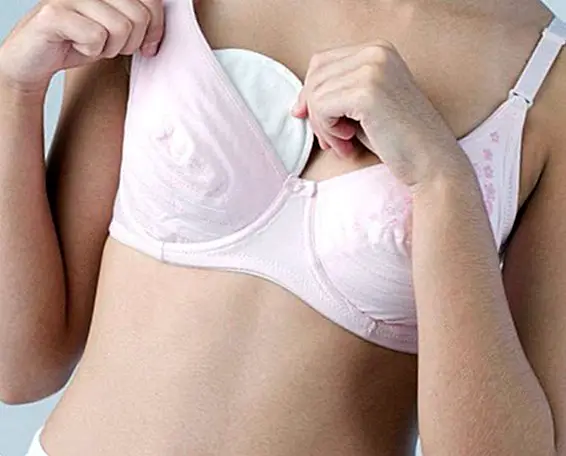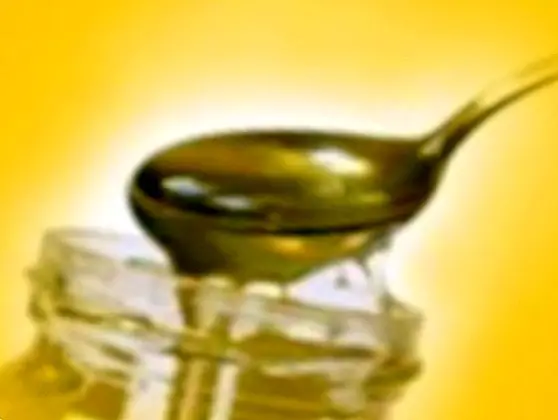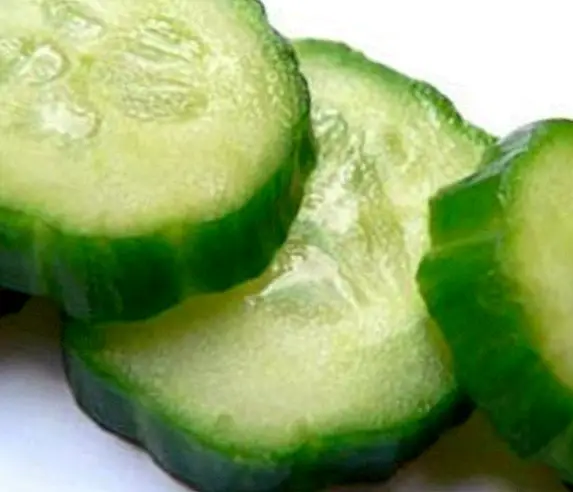Protective discs for breastfeeding: why they are good and when to use them

Known by different names (such as absorbent discs or simply as breastfeeding discs), the truth is that protective discs they are very useful elements during breastfeeding, since they offer very interesting advantages and benefits when it comes to preventing the underwear and / or outside from getting dirty when, between taking and taking, the mother's breast has small milk losses.
They are especially useful for those mothers who have both a rapid ejection reflex or milk rise. This reflex is absolutely normal, and can be triggered at any time in a totally and absolutely natural way, even if you do not have your child nearby.
For example, you are in the supermarket queue to pay and the sound or smell of a child triggers the rise of milk. It is, therefore, a natural reaction of your body to this stimulus. And, for these moments, the absorbent protective discs become a good option.
What are breastfeeding discs and what are they for?
During breastfeeding, at any time of the day, it is common for some milk droplets to come out of the nipples. It is something absolutely normal and everyday in the day to day of nursing mothers. However, these milk losses can dampen and mess with the mother's outer and outerwear, which can be annoying or uncomfortable, especially when they are away from home.
Breastfeeding discs, precisely, what they get is "protect" the skin and clothes, absorbing those milk drops and preventing not only that the clothes get wet, but that the skin of both the nipple and around, remain dry. They are, therefore, useful accessories during breastfeeding.
In relation to the question of what protective breastfeeding discs are, we can define them basically as accessory elements that help to absorb the losses of breast milk that between take and take segregates the breast, which as we explained briefly before (and we will explain in more detail below), offers interesting advantages both hygiene and health.
Why are protective discs good during breastfeeding?
Breastfeeding protective discs offer interesting advantages for the nursing mother during breastfeeding, especially during the first weeks. They are ideal because:
- They keep the skin dry: What helps to avoid problems of hygiene and irritation, avoiding any situation of humidity with the risks that this entails.
- Avoid uncomfortable moments:By avoiding that the drops of milk can stain the clothes when the mother is away from home.
In addition, they stand out because the great majority tend to be extrafine, reason why they are very discreet and in addition quite comfortable. Its absorbent power is quite large, especially in the case of disposable discs, since they are manufactured with a soft internal tissue capable of transforming the milk into a thick gel, preventing it from leaking or spreading.
How many types of breastfeeding discs exist on the market?
Fundamentally there are two types of protective breastfeeding discs. Washable, which you can always reuse once you have washed them, and disposable ones, which are definitely recommended for a single use:
- Disposable protective breastfeeding discs:They are single-use protective discs, made with synthetic fibers of polypropylene or cellulose. We can also find disposable cotton, much more recommended. They have a great absorption capacity, which is why they tend to be the most recommended.
- Reusable (washable) protective breastfeeding discs:They are cloth protective discs (usually made of cotton), which have the advantage of washing them and reusing them again, saving money with it. However, they may not be as effective.
As you can see, you can use the protective discs at any time during breastfeeding, but especially during the first days. Of course, remember that it is vital to change them both after breastfeeding and in any situation of humidity.
Images | Istockphoto This article is published for informational purposes only. It can not and should not replace the consultation with a Physician. We advise you to consult your Trusted Doctor.


